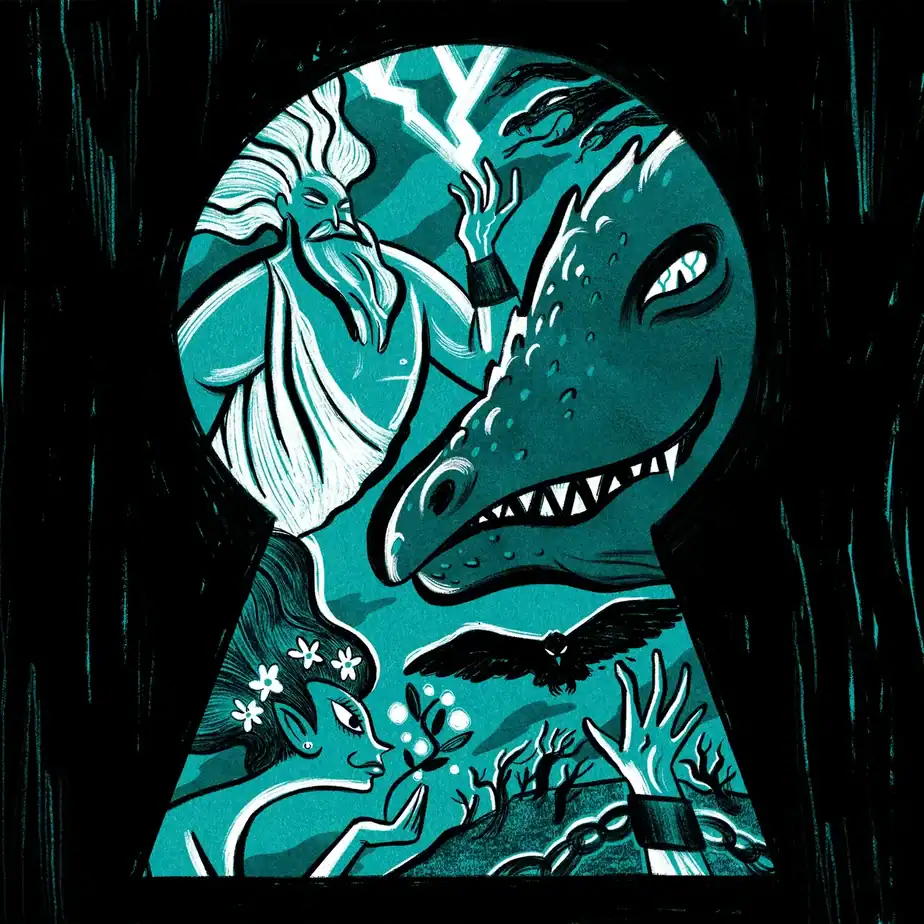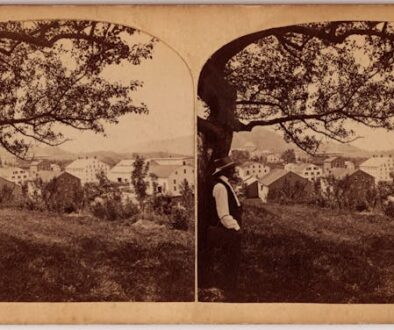The Hunt for the World’s Oldest Story

Summary of “The Hunt for the World’s Oldest Story”
The selected text discusses the enduring human impulse to find a single, original source for all the world’s myths, a quest often satirized but perpetually alluring, and one that finds its most credible foundation in the field of Indo-European studies.
I. The Cautionary Tale and the Allure of a “Key”
Casaubon’s Failed Quest: The Reverend Edward Casaubon in George Eliot’s Middlemarch dedicated his life to creating “The Key to All Mythologies,” an uncompleted magnum opus meant to prove all mythic systems were decayed remnants of a single, original revelation.
The Failure: The project failed as a cautionary tale against overreach, collapsing under the “unruly diversity of cultural traditions,” the impossibility of mastering the material, and Casaubon’s personal limitations.
The Seduction: Despite this literary warning, the author, an anthropologist, felt kinship with the quest, recognizing the “thrilling” promise of a hidden order beneath the confusion of gods and rituals, especially when encountering “uncanny” mythic resemblances (e.g., local Mentawai parallels between Jesus and their hero, Pageta Sabau).
II. Historical Attempts at Mythic Synthesis
The urge to find patterns and a primordial ur-mythology runs deep and wide, influencing various thinkers:
Victorian Scholars:
James Frazer (The Golden Bough)—A scandalous synthesis that argued many myths and rites, including those of Christianity, were the residue of primitive fertility cults.
Max Müller—Also attempted to systematize world myths.
Mid-20th Century Influences:
Robert Graves (The White Goddess)—Enchanted a generation with its vision of mythic unity.
Joseph Campbell (The Hero with a Thousand Faces)—Inspired works like Star Wars with his thesis on the universality of the hero’s journey.
Other Fields: Freudians, evolutionary psychologists, and screenwriting guides (like Robert McKee’s Story) have also searched folktales for evidence of universal, archetypal narratives.
III. The Indo-European Approach to Lost Stories
If any field offers credibility to the quest for Casaubon’s key, it is Indo-European studies, which uses rigorous linguistic methods:
Origin: The discipline began in 1786 when Sir William Jones suggested that Sanskrit, Greek, and Latin must have “sprung from some common source.”
Linguistic Reconstruction: It is now broadly accepted that languages like English, Welsh, Hindi, Spanish, and Greek descend from a single ancestor: Proto-Indo-European (P.I.E.), which linguists have been able to reconstruct.
Mythological Reconstruction: By comparing languages, scholars have found striking mythological congruences, allowing them to glimpse the “inner lives of our forebears.”
The Sky Father Example: A prime reconstruction is the P.I.E. paternal sky god, known as something like Dyeus Puhter. This figure is the ancestor of:
Sanskrit: Dyaus Pitr (Sky Father)
Greek: Zeus Pater
Latin: Jupiter (derived from Proto-Italic Djous Pater)
Gemini can make mistakes, including about people, so double-check it. Your privacy & Gemini Opens in a new window



October 15, 2025 @ 7:42 pm
Hmmm… not sure if I would call it a “story” or not. A story is a work of fiction, an imagining recorded. If the truth is humanity fosters a fossil memory of an actual event that works just as well as an explanation of the similarities, particularly when you factor in the semantic drift of a dispersing population moving out from some central point to populate a planet.
And that’s before you even consider the possibility the account found in Genesis 11 might be more accurate than not. The Tower of Babel… a tower to get to heaven (sounds suspiciously like a SaturnV booster to me) where God confused all the languages to make sure they didn’t try that again for a good long time.
Anyhow, story might not be the best of words to describe the focus of that quest… kind of condescending, if you know what I mean. The sort of attitude that just might have gotten humanity marooned here in the first place ;-/